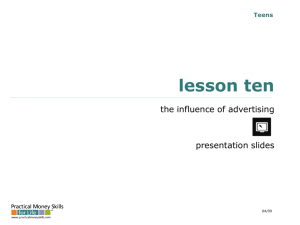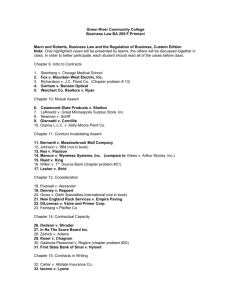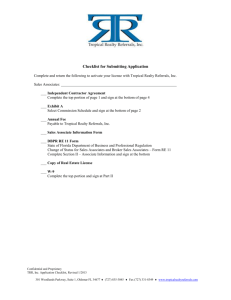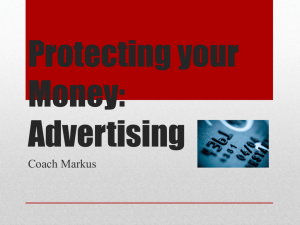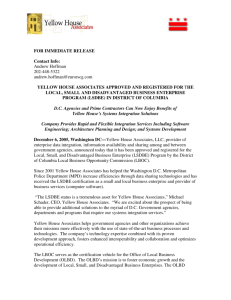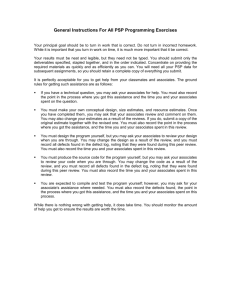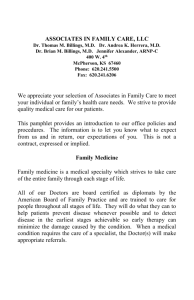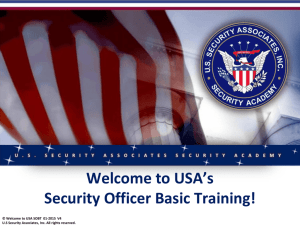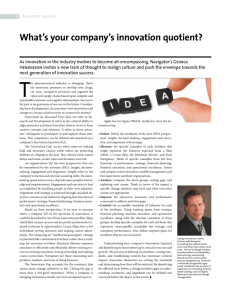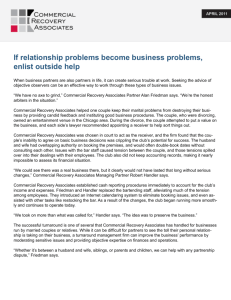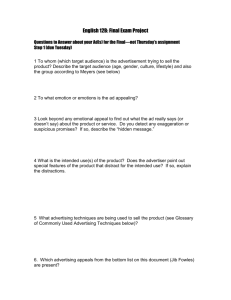Commonly-Used-Advertising-Techniques
advertisement
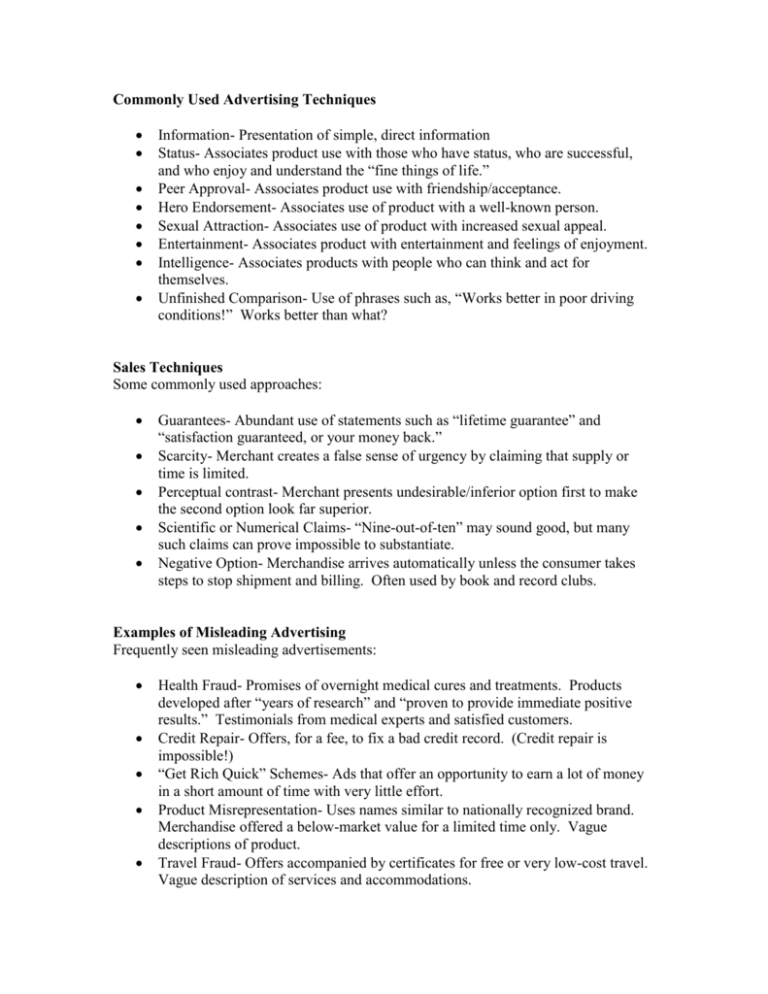
Commonly Used Advertising Techniques Information- Presentation of simple, direct information Status- Associates product use with those who have status, who are successful, and who enjoy and understand the “fine things of life.” Peer Approval- Associates product use with friendship/acceptance. Hero Endorsement- Associates use of product with a well-known person. Sexual Attraction- Associates use of product with increased sexual appeal. Entertainment- Associates product with entertainment and feelings of enjoyment. Intelligence- Associates products with people who can think and act for themselves. Unfinished Comparison- Use of phrases such as, “Works better in poor driving conditions!” Works better than what? Sales Techniques Some commonly used approaches: Guarantees- Abundant use of statements such as “lifetime guarantee” and “satisfaction guaranteed, or your money back.” Scarcity- Merchant creates a false sense of urgency by claiming that supply or time is limited. Perceptual contrast- Merchant presents undesirable/inferior option first to make the second option look far superior. Scientific or Numerical Claims- “Nine-out-of-ten” may sound good, but many such claims can prove impossible to substantiate. Negative Option- Merchandise arrives automatically unless the consumer takes steps to stop shipment and billing. Often used by book and record clubs. Examples of Misleading Advertising Frequently seen misleading advertisements: Health Fraud- Promises of overnight medical cures and treatments. Products developed after “years of research” and “proven to provide immediate positive results.” Testimonials from medical experts and satisfied customers. Credit Repair- Offers, for a fee, to fix a bad credit record. (Credit repair is impossible!) “Get Rich Quick” Schemes- Ads that offer an opportunity to earn a lot of money in a short amount of time with very little effort. Product Misrepresentation- Uses names similar to nationally recognized brand. Merchandise offered a below-market value for a limited time only. Vague descriptions of product. Travel Fraud- Offers accompanied by certificates for free or very low-cost travel. Vague description of services and accommodations. Unethical Techniques Techniques considered deceptive and/or misleading: Bait and Switch- Advertisement entices consumers into the store with bargains that are too good to be true. Once consumers are in the store, they are told the item is unavailable and are shown a similar, but more expensive, item. Often high-pressure sales tactics are used. Illegal in most states. Exploitation of Fears and Misgivings- Ad feeds or plays on consumers’ fears. Supermarket Specials- Advertisement of products that are not in stock or that are not readily available to consumers at the advertised price. Out-of-Context Quotations- Comments by a noted person or passages from a story taken out of context to imply an endorsement of a product or service. Rules for Evaluating Advertisements Ask yourself basic questions: Does the ad appeal to your emotions? Look beyond the appeal to find out what the ad really says (or doesn’t say) about the product or service. What are the special features of the product? Are these features necessary? As you read, listen to, or watch advertisements… Search for fraud and deception in the ad. Be alert to ads that are misleading (those that make unreasonable claims about the product or service). Read the fine print, or listen carefully.
